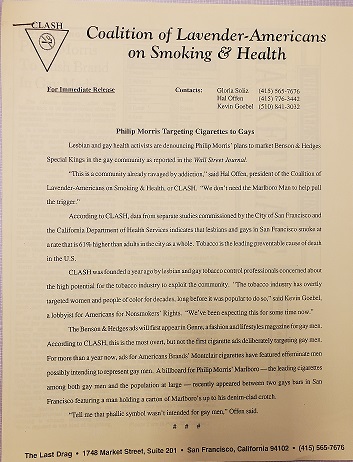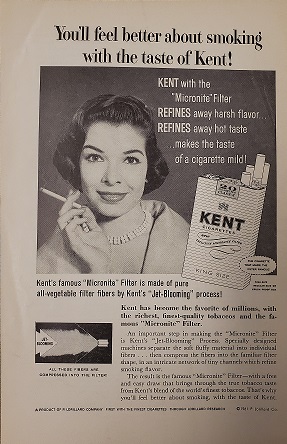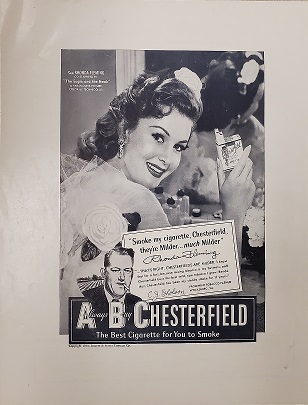This is a guest post by Mariko Foecke, Ph.D. Candidate, UCSF Biomedical Sciences (BMS) Program & Eliza Gaylord, Ph.D. Candidate, UCSF Developmental and Stem Cell Biology (DSCB) Program
Despite the profound advancements achieved by modern medicine, people with ovaries in the United States were at a 10% greater risk of dying from a pregnancy-related death (PRD) in 2017 than they were in 19871. Strikingly, this risk is even greater for the BIPOC community, as Black people with ovaries account for 41.7% of PRDs. This statistic is three times higher than PRD rates for White people with ovaries1. The Centers for Disease Control defines a PRD as “the death of a woman during pregnancy or within one year of the end of pregnancy from a pregnancy complication; a chain of events initiated by pregnancy; or the aggravation of an unrelated condition by the physiologic effects of pregnancy”2.
Recent research highlights variables that may contribute to disparities in PRDs for people of color, such as quality of and access to care, implicit bias, and psychological stress induced by structural racism1. Examination of disparities in PRDs across socioeconomic and educational backgrounds identified that African Americans with ovaries with at least a college degree were 5.2 times more likely to suffer a PRD than White people with ovaries with the same level of education. Furthermore, the mortality rate of infants of college-educated African American people with ovaries was 3.1 times higher than infants of high school or less-educated White people with ovaries3. Thus, as disparities in PRD and infant mortality rates continue to rise, there is a critical need to understand the physiological impact of social determinants of health during pregnancy and their potentially multigenerational effects.
African Americans with ovaries experience high levels of physiological stress due to social discrimination and systemic racism4. Additionally, racial discrimination is directly correlated with higher levels of depression14, a known consequence of stress15. For decades, it has been appreciated anecdotally that both pre-pregnancy and maternal stress contribute to adverse health and infant birth outcomes5. Maternal stress during pregnancy may lead to high blood pressure and changes in dietary intake, increasing the risk for gestational diabetes, preterm labor, and preeclampsia16. Additionally, exposure to physiological stress after pregnancy may lead to postpartum depression or substance abuse17, accounting for an estimated 14% – 30% of reported maternal deaths18.
Concurrently, recent research has gleaned insights into the mechanisms underlying how the negative effects of maternal stress may persist for up to three generations6-8. In response to stress, fertility is known to decline as a consequence of a diminished ovarian reserve, which encompasses the quantity and quality of ovarian egg cells, or oocytes9,10. The incidence of oocyte aneuploidy, referring to an abnormal number of chromosomes, increases in response to maternal stress and is a known cause of infertility and disease11. Importantly, of the 10% of individuals with ovaries who struggle with fertility in the United States, 15% of them are affected by oocyte aneuploidy12. In fact, aneuploidy occurs in 5% of all clinically recognized pregnancies and is causal in 1 in 3 miscarriages13.
As the connection between physiological stress and poor health and infant outcomes, particularly for Black women, become increasingly clear, there is a dire need for immediate and effective action to close the persistent PRD and infant mortality gaps. In addition to implementing policy designed to protect vulnerable populations from stressful, discriminatory experiences in professional and higher education environments3, implicit bias training for healthcare professionals should be required to decrease disparities in prenatal and postpartum care19. Finally, legislation to provide federal support that increases access to mental health care and social services specifically to people of color with ovaries before, during, and after pregnancy19 is necessary to reduce this devastating maternal health crisis.
Bibliography:
- Pregnancy Mortality Surveillance System. Division of Reproductive Health, National Center for Chronic Disease Prevention and Health Promotion. (2019).
- Racial and Ethnic Disparities Continue in Pregnancy-Related Deaths. Centers for Disease Control and Prevention. (2019).
- Fishman SH, Hummer RA, Sierra G, Hargrove T, Powers DA, Rogers RG. Race/ethnicity, maternal educational attainment, and infant mortality in the United States. Biodemography Soc Biol. (2020).
- Howard JT, Sparks PJ. The role of education in explaining racial/ethnic allostatic load differentials in the United States. Biodemography Soc Biol. (2015).
- Dole N, Savitz DA, Hertz-Picciotto I, Siega-Riz AM, McMahon MJ, Buekens P. Maternal stress and preterm birth. Am J Epidemiol. (2003).
- Crews D, Gillette R, Scarpino SV, Manikkam M, Savenkova MI, Skinner MK. Epigenetic transgenerational inheritance of altered stress responses. Proc Natl Acad Sci U S A. (2012).
- Ward ID, Zucchi FC, Robbins JC, et al. Transgenerational programming of maternal behaviour by prenatal stress. BMC Pregnancy Childbirth. (2013).
- Kiss D, Ambeskovic M, Montina T. et al. Stress transgenerationally programs metabolic pathways linked to altered mental health. Cell. Mol. Life Sci. (2016).
- De Felici M, Klinger FG, Farini D, Scaldaferri ML, Iona S, Lobascio M. Establishment of oocyte population in the fetal ovary: primordial germ cell proliferation and oocyte programmed cell death. Reprod Biomed Online. (2005).
- Broekmans FJ, Soules MR, Fauser BC. Ovarian aging: mechanisms and clinical consequences. Endocr Rev. (2009).
- Mikwar M, MacFarlane AJ, Marchetti F. Mechanisms of oocyte aneuploidy associated with advanced maternal age. Mutat Res. (2020).
- Eisenberg E, Brumbaugh K, Brown-Bryant R, Warner L. Health topics: infertility. Office on Women’s Health in the U.S. Department of Health and Human Services. (2019).
- Hassold T, Hunt P. To err (meiotically) is human: the genesis of human aneuploidy. Nat Rev Genet. (2001).
- Hudson DL, Puterman E, Bibbins-Domingo K, Matthews KA, Adler NE. Race, life course socioeconomic position, racial discrimination, depressive symptoms and self-rated health. Soc Sci Med. (2013).
- van Praag HM. Can stress cause depression? World J Biol Psychiatry. (2005).
- Stress and Pregnancy. March of Dimes. (2019).
- Postpartum Depression. Office on Women’s Health in the U.S. Department of Health and Human Services. (2019).
- Maternal Mortality May Be Even Higher Than We Thought. Columbia University Irving Medical Center. (2019).
- Bailey SR. Our Black maternal health crisis is an American tragedy. American Medical Association. (2021).




